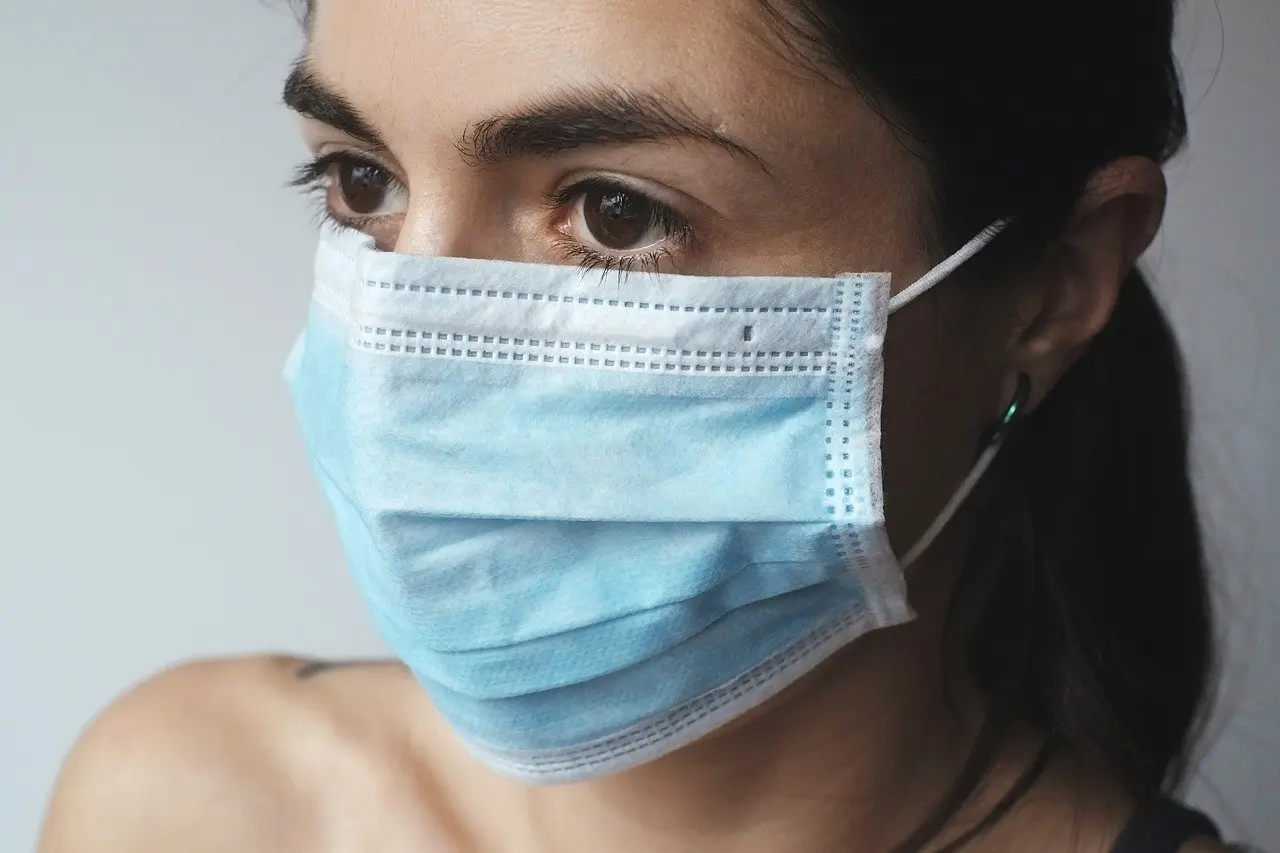
The internet is full of information in regards to COVID-19. All of our social media feeds are hammered with information regarding COVID-19 and its spread. What we actually know about the virus is limited, though there is some concrete information that we can use to help curb misinformation, squash false information, and keep us making informed choices over the health and welfare of ourselves, our employees, and others.
The origin of COVID-19
COVID-19 was originally first detected in Wuhan, China. COVID-19 was not scientifically engineered, and is instead believed to be a naturally occuring mutation of existing viruses. COVID-19 is related to, but not the same as, SARS (Severe Acute Respiratory Syndrome) first seen in 2003, and MERS (Middle East Respiratory Syndrome) seen in Saudi Arabia in 2012. The pathogen is believed by scientists to be closely related to those seen in bats and pangolins. How COVID-19 made its way to humans is not entirely known; social media would have you believe that “someone ate a bat”, but that is not true. It is much more likely that the virus could have traveled from pangolins to animals like ferrets, then to humans. We will likely never know definitively.
COVID-19 can live on certain surfaces for differing amounts of time
Studies are currently under way to learn how long the COVID-19 virus can live on porous and non-porous surfaces.
Cardboard, plastic, and metal
Left untreated, the COVID-19 virus can live on cardboard for up to 24 hours. The virus can also live and be transmittable on plastic and metal surfaces for 2 to 3 days. This is why it is important to disinfect surfaces such as stainless steel cooking surfaces, laminate countertops, vanity countertops, and more prior to cooking or baking on them. Surfaces should be cleaned and disinfected periodically throughout the day, especially if your business is still conducting business as usual. EcoSource is proud to say that we are providing these disinfecting services to our customers, but we urge our customers to take measures of their own.
Fabrics and clothing
It’s not certain how long COVID-19 can live in the fibers of clothing and fabrics when not treated. However, with normal washing and drying, COVID-19 can be easily destroyed. Heat and humidity can destroy the virus (or dry it out), so you may want to change your washer to the “hot water” setting, but don’t rely on standard warm weather to protect you. It’s important to note that clothing with zippers (plastic or metal) could transmit the virus hours after being touched or coughed on, so if you wore clothing out to the store where people aren’t adhering to social distancing rules, it may be better to wash it when you get home.
It’s important to note that the virus may live longer on spandex and polyester rather than breathable cotton, so ensure you’re washing your synthetic materials appropriately.
Is 14 days quarantine too much or not enough?
Recent studies show that about 97.5% of people who develop symptoms of COVID-19 do so within 11.5 days of exposure. The incubation period is said to be an estimated 5.1 days, meaning the virus will take an average of 5.1 days to form in your system before symptoms begin to appear. This is in line with a 14 day quarantine, so this quarantine period is sufficient for the moment.
Is COVID-19 comparable to a standard flu?
No, COVID-19 is entirely different. Though COVID-19 may share similar symptoms to the flu, it also shares symptoms with seasonal allergies and the common cold. The symptoms you should be most aware of are:
- Shortness of breath
- Fever
- Unproductive cough
Seek emergency treatment if you have any of the following:
- Difficulty breathing
- Persistent pain or pressure in the chest
- New confusion, or inability to arouse
- Abnormally blushed lips or face
There are other symptoms of COVID-19 that may be specific to you. If you believe you may have COVID-19 or been exposed to it, contact your doctor to get detailed information about symptoms.
We’ll continue to keep you updated as we learn more about COVID-19 and novel coronavirus. Please stay safe out there with social distancing, and wash your hands!



Can the materials used to make hepa filters be used to make effective face masks?
Hi Linda. This article may interest you: https://www.vaniman.com/do-hepa-air-purifiers-filter-out-the-covid-19-virus/